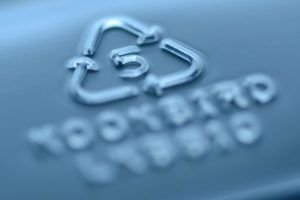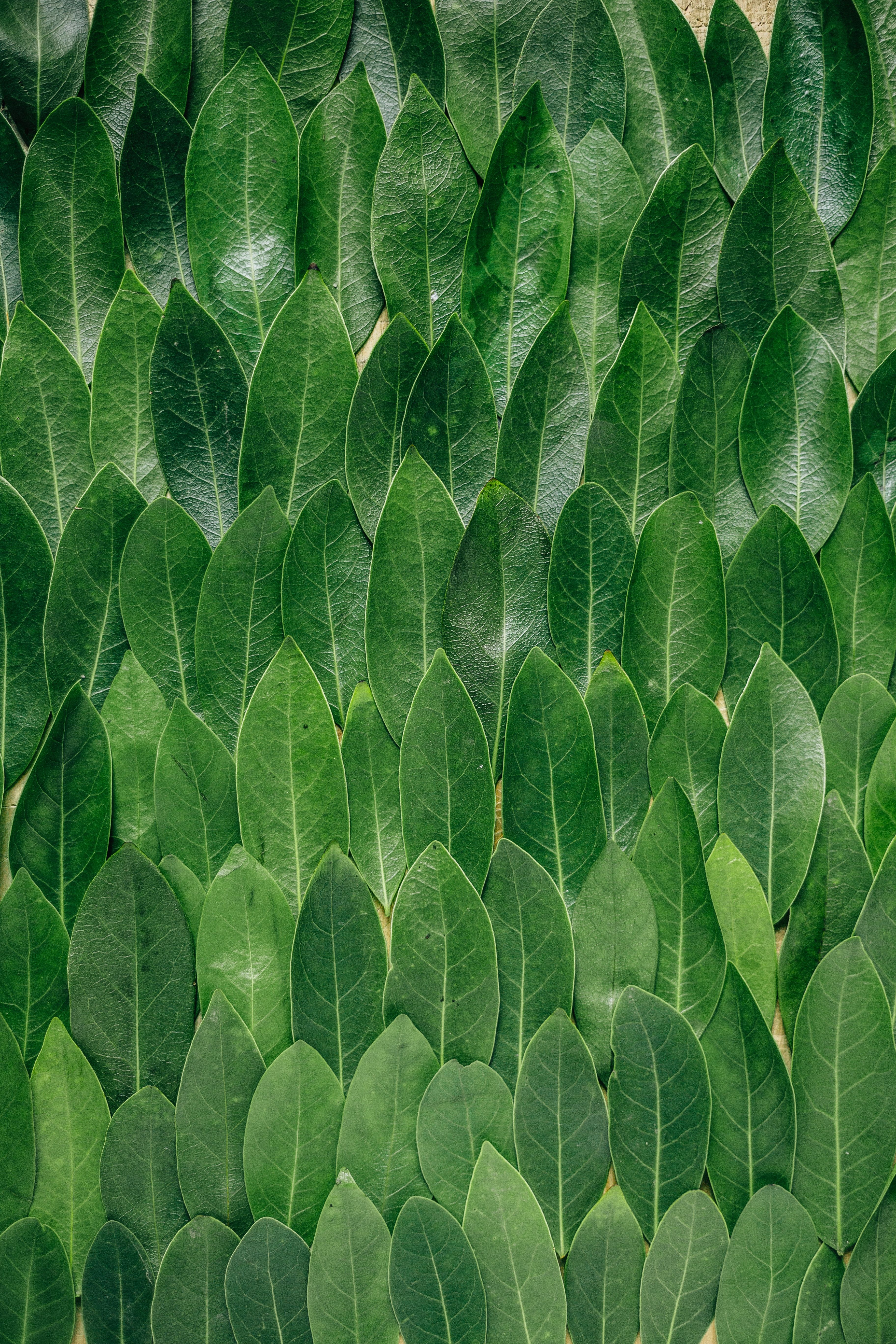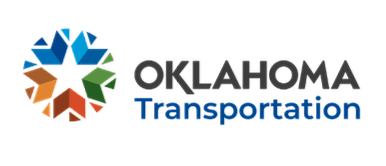
Saturdays with Shavara
Let's Play The Counting Game... Different Plastics That Is
Welcome to another majestic Saturday in May, and the last one at that! I was recently having a phone conversation with my best friend of 20 years when I realized that it’s not common knowledge that located on the bottom of almost all plastic products are numbers 1-7 etched in the middle of little triangles and they actually mean something. Taking it one step further, raise your metaphoric hand if you happen to know what those convenient little numbers are called. If you are one of the few that do, hats off to you because you are truly one of a kind when it comes to knowing your environmental stuff! Shout out to our old Board President Fenton Rood if he’s reading this because I know he would definitely have been amongst this group to raise his hand.
Moving back to the topic at hand...
Please bear with me as I get very technical with you all for a brief moment regarding what exactly the symbol, I’m referring to is all about. The code that we often overlook, have never noticed or are hyper focused on is called the Resin Identification Code aka RIC and is used solely to identify the plastic resin used in a manufactured material. In 1988, this coding system was initially developed by the Society of the Plastics Industry, Inc. (SPI), but it has since been administered by ASTM International. Materials are labeled on a 1-7 scale, which tells recycle facilities at a quick glance what type of plastic they are dealing with the first six refer to a specific type of plastic and the seventh encompasses all remaining types or mixes of multiple types. According to the current ASTM standard that specifies RIC’s a Resin Identification Code consists of an equilateral triangle, a Resin Identification Number, and an Abbreviated Term for polymeric material. Most of our curbside recycling only accept recycling from the first two numbers; plastics #1,#2. This means when you recycle any of the plastics not accepted, you’re turning into one of those pesky “wishcyclers,” where nothing more will happen than all of your good recycling being tossed out along with the bad.
I think it is important to mention that in the recycling world the only materials that are labeled with RCI’s are plastics, so glass, cardboard and paper are easily identified as recyclable as long as they are clean as acceptable material in the majority of curbside programs with glass being the only sometimes exception.
Plastic #1; PET or PETE (Polyethylene terephthalate) we usually see as PB&J jars, pop bottles/ water bottles and microwaveable trays. This type of plastic is always accepted in curbside recycling so do a little happy dance as you toss this popular plastic in!
Plastic #2; HDPE (High density polyethylene) is most frequently used for milk jugs, shampoo bottles, laundry detergent, butter tubs and cleaning product containers. This type of plastic is always accepted in curbside recycling so go ahead and toss it in!
Plastic #3 PVC (Polyvinyl chloride) is a flexible plastic, so we often see this type of plastic in pipes, plastic tubing, window cleaner spray bottles and medical tubing (it also happens to be the most harmful of all of the plastics for its chemical leeching afterlife and is never accepted in curbside recycling).
Plastic #4 LPPE (Low density polyethylene) is one we all know VERY well, whether we’re aware that we’re familiar with this plastic or not because it’s the plastic that our grocery bags and bags that hold our newspapers, bread, produce, dry cleaning and what condiment bottles are made out of. Just to refresh your memory on this form of plastic it is absolutely never accepted in curbside recycling. That’s not to say that it can’t be recycled at all, rather it can typically only be recycled back to retail stores that collect it at the front of their stores. This is important fact to understand because plastic is derived from crude oil, and like everything that is made from this non-renewable source there are three huge issues; it emits a ton of pollution, is difficult to produce and almost impossible to rid. You may have started to cringe at your computer screen, but it gets worse! Americans throw away approximately 100 Billion plastic bags annually and we recycle less than 5% of what we use. This type of plastic is recycled at local retail locations, but never accepted in curbside.
Plastic #5 PP (Polypropylene) a form of plastic that can withstand high temperatures and makes for a good use for food containers that contain hot liquids, but also for items like syrup, yogurt, sour cream, straws, rope, carpet and bottle caps. This type of plastic can sometimes be recycled in curbside recycling. The issue is that for some of the items listed size creates more of a hassle and causes the sorting machines to jam, or the materials simply fall through them, so minimizing the use of these materials is the best alternative.
Plastic #6 PS (Polystyrene) if you know me you know this is a secret hate of mine, but this one is Styrofoam products. We see this form of plastic being used in anything from disposable coffee cups, to to-go food containers, packing peanuts, coolers and packing casing. It is absolutely without a doubt NOT recyclable and one of the worst forms of plastic. The after- life for Styrofoam is endless, I mean truly endless. The best thing would be to not use this form of plastic so that less is ultimately generated, or reuse what you have versus throwing it away.
The final plastic ... that’s not so fantastic is plastic #7 so lackluster is this plastic it actually doesn’t even have a name it’s the plastic that represents anything that doesn’t fit the first six categories or is a mix of more than one plastic. Plastic #7 is very tricky to recycle and it’s usually safer to follow the, “when in doubt, leave it out,” thought process on this one.
All in all, reducing the amount of plastic you use is the most sustainable choice of them all, but knowing what type of plastic you are dealing with, and whether or not you can recycle it is important. There are many unique items that go on to be made from plastic that is recycled from playgrounds to furniture there is truly endless possibilities for minimizing unnecessary plastic waste. I hope you find this overload of information to be just what you needed for this beautiful Saturday afternoon. As always Reduce, Reuse, Recycle often and correctly!
KOB’s very own Blog Contributor,
Shavara J.
References,




